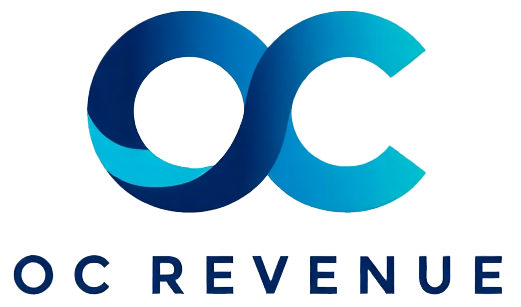Process Optimization streamlines sales workflows to enhance efficiency, reduce bottlenecks, and improve overall performance
Process Optimization streamlines sales workflows by eliminating inefficiencies and fostering collaboration, enabling teams to focus on high-impact activities and scale effectively
Process Optimization focuses on continuously improving sales activities, tools, and procedures to maximize output and minimize wasted effort. It involves analyzing current workflows, identifying pain points, and implementing solutions that reduce friction and enhance collaboration. The goal is to create a seamless sales environment that supports reps and managers in achieving their objectives.
Through automation, standardization, and best practice adoption, Process Optimization reduces manual tasks and errors, freeing up time for high-value selling activities. It also supports scalability by establishing repeatable, measurable processes that can adapt as the business grows and market conditions evolve.
Process Optimization drives competitive advantage by continuously refining sales workflows, leveraging automation, and fostering cross-team collaboration to enhance agility and efficiency in a rapidly changing market
In today’s fast-paced sales landscape, Process Optimization is essential for maintaining competitive advantage and operational agility. Organizations that continuously assess and refine their sales processes can respond more quickly to customer needs, market shifts, and internal challenges. This proactive approach drives greater consistency, accountability, and efficiency across all sales functions.
The optimization journey begins with mapping existing workflows to understand how tasks flow across teams and systems. Common bottlenecks include redundant data entry, unclear handoffs, and manual approvals—all areas ripe for improvement. By applying Lean principles and leveraging technology like CRM automation, sales ops leaders can streamline processes and reduce cycle times.
Automation plays a transformative role in Process Optimization. Repetitive tasks such as data updates, contract routing, and follow-ups can be automated, reducing errors and enabling reps to focus on relationship-building and closing deals. Integration across sales tools also ensures data consistency and eliminates silos, improving decision-making and reporting accuracy.
Finally, Process Optimization is not a one-time initiative but a continuous discipline. Sales organizations must regularly review process performance, solicit feedback from users, and iterate improvements. By embedding a culture of optimization, companies can sustain high performance, adapt to change, and deliver superior customer experiences over time.

















